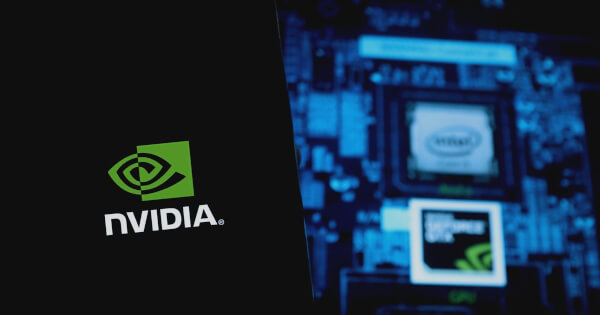Revolutionizing Code Completion with NVIDIA’s Codestral Mamba

Welcome to the future of coding efficiency! NVIDIA’s Codestral Mamba, built on the Mamba-2 architecture, is here to revolutionize code completion using advanced AI technologies. In this blog post, we will dive into the innovative features of Codestral Mamba and how it is reshaping the way developers write code.
Codestral Mamba: A Game-Changer in Code Completion
In the realm of generative AI, coding models have emerged as essential tools for developers, boosting productivity and precision in software development. Enter Codestral Mamba, a groundbreaking coding model developed by Mistral on the Mamba-2 architecture.
What sets Codestral Mamba apart is its use of the fill-in-the-middle (FIM) technique, which ensures the generation of accurate and contextually relevant code examples. This model integrates seamlessly with NVIDIA NIM for containerization, allowing for effortless deployment across various environments.

Here’s an example of syntactically and functionally correct code generated by Mistral NeMo using an English language prompt:
from collections import deque
def bfs_traversal(graph, start):
visited = set()
queue = deque([start])
while queue:
vertex = queue.popleft()
if vertex not in visited:
visited.add(vertex)
print(vertex)
queue.extend(graph[vertex] - visited)
# Example usage:
graph = {
'A': set(['B', 'C']),
'B': set(['A', 'D', 'E']),
'C': set(['A', 'F']),
'D': set(['B']),
'E': set(['B', 'F']),
'F': set(['C', 'E'])
}
bfs_traversal(graph, 'A')
The Power of Mamba-2 Architecture
At the core of Codestral Mamba lies the Mamba-2 architecture, an advanced state space model (SSM) architecture designed to challenge traditional attention-based models. By leveraging structured space duality (SSD), Mamba-2 enhances accuracy and implementation efficiency compared to its predecessor, Mamba-1.
With selective SSMs that dynamically focus on or ignore inputs at each timestep, Mamba-2 enables more efficient sequence processing. It also addresses tensor parallelism inefficiencies, making it faster and more suitable for GPUs.
Optimizing Inference with TensorRT-LLM
NVIDIA TensorRT-LLM plays a crucial role in optimizing LLM inference by supporting Mamba-2’s SSD algorithm. By simplifying the SSM parameter matrix structure and utilizing GPU Tensor Cores, TensorRT-LLM enhances model quality and output generation.
Furthermore, Mamba-2 models benefit from efficient chunking and state passing using Tensor Core matmuls, ensuring high-performance inference across a wide range of applications.
Accelerating Deployment with NVIDIA NIM
NVIDIA NIM offers a streamlined approach to deploying generative AI models on NVIDIA-accelerated infrastructure, whether in the cloud, data center, or workstations. With inference optimization engines and prebuilt containers, NIM delivers high-throughput AI inference that scales with demand.
Experience Codestral Mamba and other popular models like Llama3-70B and Gemma 2B with NVIDIA NIM. Take advantage of free NVIDIA cloud credits to test the model at scale and build proof of concept (POC) by connecting your applications to NVIDIA’s API endpoint.
Don’t miss out on the opportunity to revolutionize your coding experience with NVIDIA’s Codestral Mamba and unleash the power of AI in software development!

